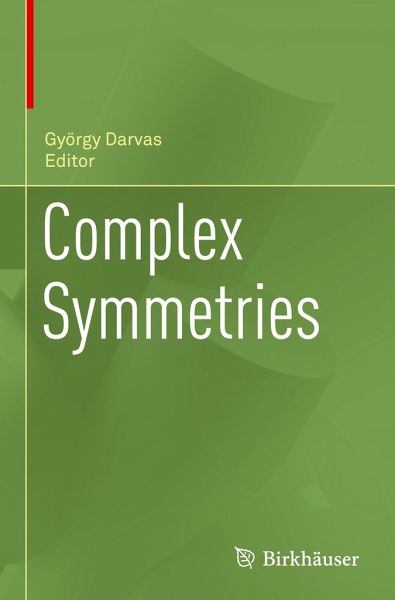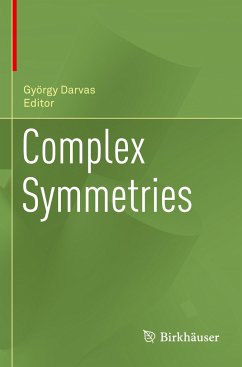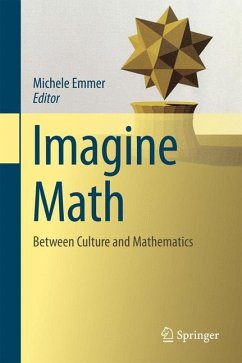
Complex Symmetries

PAYBACK Punkte
49 °P sammeln!
This volume is a collection of essays on complex symmetries. It is curated, emphasizing the analysis of the symmetries, not the various phenomena that display those symmetries themselves. With this, the volume provides insight to nonspecialist readers into how individual simple symmetries constitute complex symmetry. The authors and the topics cover many different disciplines in various sciences and arts.Simple symmetries, such as reflection, rotation, translation, similitude, and a few other simple manifestations of the phenomenon, are all around, and we are aware of them in our everyday live...
This volume is a collection of essays on complex symmetries. It is curated, emphasizing the analysis of the symmetries, not the various phenomena that display those symmetries themselves. With this, the volume provides insight to nonspecialist readers into how individual simple symmetries constitute complex symmetry. The authors and the topics cover many different disciplines in various sciences and arts.
Simple symmetries, such as reflection, rotation, translation, similitude, and a few other simple manifestations of the phenomenon, are all around, and we are aware of them in our everyday lives. However, there are myriads of complex symmetries (composed of a bulk of simple symmetries) as well. For example, the well-known helix represents the combination of translational and rotational symmetry. Nature produces a great variety of such complex symmetries. So do the arts.
The contributions in this volume analyse selected examples (not limited to geometric symmetries).These include physical symmetries, functional (meaning not morphological) symmetries, such as symmetries in the construction of the genetic code, symmetries in human perception (e.g., in geometry education as well as in constructing physical theories), symmetries in fractal structures and structural morphology, including quasicrystal and fullerene structures in stable bindings and their applications in crystallography and architectural design, as well as color symmetries in the arts.
The volume is rounded of with beautiful illustrations and presents a fascinating panorama of this interdisciplinary topic.
Simple symmetries, such as reflection, rotation, translation, similitude, and a few other simple manifestations of the phenomenon, are all around, and we are aware of them in our everyday lives. However, there are myriads of complex symmetries (composed of a bulk of simple symmetries) as well. For example, the well-known helix represents the combination of translational and rotational symmetry. Nature produces a great variety of such complex symmetries. So do the arts.
The contributions in this volume analyse selected examples (not limited to geometric symmetries).These include physical symmetries, functional (meaning not morphological) symmetries, such as symmetries in the construction of the genetic code, symmetries in human perception (e.g., in geometry education as well as in constructing physical theories), symmetries in fractal structures and structural morphology, including quasicrystal and fullerene structures in stable bindings and their applications in crystallography and architectural design, as well as color symmetries in the arts.
The volume is rounded of with beautiful illustrations and presents a fascinating panorama of this interdisciplinary topic.














